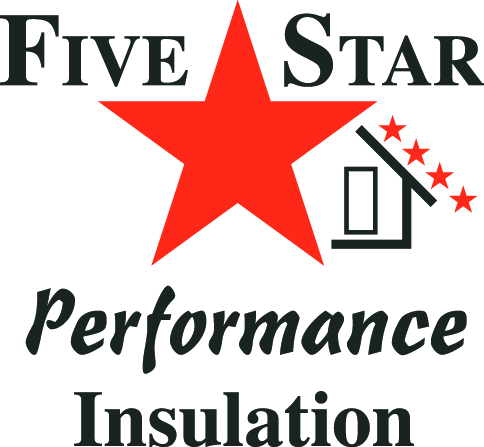Comparing Cellulose and Spray Foam Insulation
Insulation plays a critical role in maintaining comfortable indoor temperatures and energy efficiency in homes and buildings. Two popular options for insulation are cellulose and spray foam. Both materials have their advantages and drawbacks. In this blog post, we will compare cellulose and spray foam insulation, helping you understand the characteristics and considerations for each.
1. What is Cellulose Insulation?
Cellulose insulation is made from recycled materials, typically composed of shredded newspaper or cardboard. It is treated with fire retardants to enhance its resistance to flames. Cellulose insulation is dense and provides excellent soundproofing qualities. It is often blown into walls, attics, and other hard-to-reach areas for effective coverage.
2. What is Spray Foam Insulation?
Spray foam insulation is a chemical compound that expands when applied, creating a tight and seamless seal. It comes in two types: open-cell and closed-cell. Open-cell foam is more flexible and has a lower R-value, while closed-cell foam is more rigid and has a higher R-value. Spray foam insulation is typically installed by professionals using specialized equipment.
3. Insulation Performance
When it comes to insulation performance, both cellulose and spray foam have their strengths. Cellulose has a high thermal resistance, or R-value, which indicates its ability to resist heat transfer. It provides effective insulation and helps maintain consistent indoor temperatures. Spray foam insulation, especially closed-cell foam, has an even higher R-value and offers superior insulation properties compared to cellulose.
4. Air Sealing and Moisture Control
One of the significant advantages of spray foam insulation is its ability to provide an airtight seal. Spray foam expands and fills gaps and cracks, creating a barrier against air leakage. This not only improves energy efficiency but also helps reduce outside noise and prevents the infiltration of dust and allergens. Additionally, spray foam insulation has excellent moisture control properties, helping to prevent mold and mildew growth.
5. Installation Process
The installation process differs for cellulose and spray foam insulation. Cellulose insulation is typically blown into cavities using special equipment. It can be installed in existing structures by drilling holes, making it suitable for retrofitting. Spray foam insulation, on the other hand, requires professional installation due to its chemical application. It involves spraying the foam onto surfaces, which then expands and hardens.
6. Environmental Considerations
Cellulose insulation is considered environmentally friendly because it is made from recycled materials. It has low embodied energy, meaning that its production requires less energy compared to other insulation materials. Additionally, cellulose insulation is biodegradable and can be recycled at the end of its life cycle. Spray foam insulation, while energy-efficient, is made from petrochemicals, which have a higher environmental impact.
7. Cost Considerations
When comparing the costs of cellulose and spray foam insulation, it is important to consider both the upfront and long-term expenses. Cellulose insulation is generally more affordable upfront, making it a popular choice for budget-conscious homeowners. However, spray foam insulation offers long-term energy savings due to its superior insulation properties, potentially offsetting the initial investment over time.
8. Considerations for Specific Applications
The choice between cellulose and spray foam insulation may also depend on specific application requirements. Cellulose insulation is suitable for various areas, including walls, attics, and floors. It can adapt to irregular shapes and reaches inaccessible spaces through the blowing process. Spray foam insulation, particularly closed-cell foam, is ideal for areas prone to moisture, such as basements or crawl spaces, due to its moisture control properties.
Conclusion
Choosing the right insulation material for your home or building is crucial for energy efficiency and comfort. Cellulose and spray foam insulation each offer unique benefits. Cellulose is an affordable and environmentally friendly option that provides effective thermal resistance, while spray foam insulation offers superior insulation properties, air sealing, and moisture control. Consider the specific requirements of your project, including performance, installation process, environmental considerations, cost, and application needs to make an informed decision. Consulting with insulation professionals can also provide valuable insights and guidance.
Got Questions? Let Us Help!
5 Star Performance Insulation, Inc. is where you want to go for all your insulation needs. We have been in business for 25 years, with 30 years experience in the industry in 4 states. We are located in Sacramento, CA, but service the Central Valley, the Sierras, and the Greater Sacramento area. Providing a high-performance insulation system is our top priority, and we are sure you will be satisfied with what we have to offer. Contact us today to learn more about what we can do for you!
